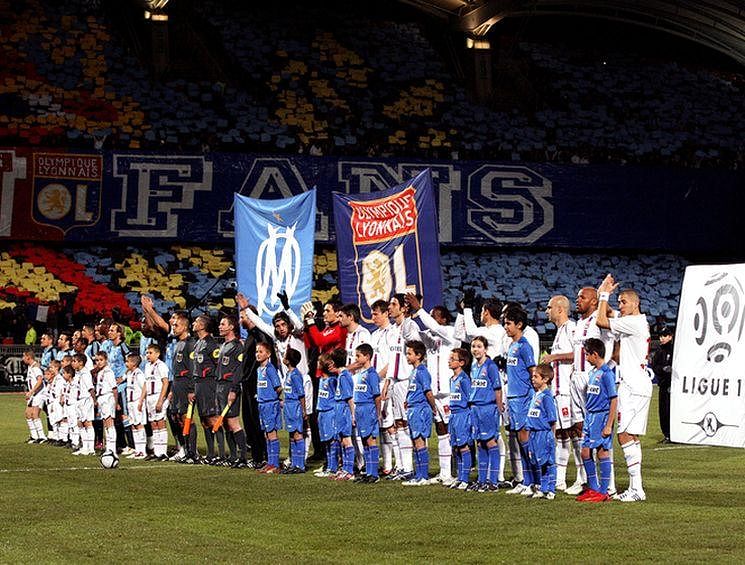
Blood Football: 5 lesser known derbies of club football
Football, in many ways, is the sport of the world. What happens off the pitch, ultimately translates into ninety minutes of action onto the pitch on matchday. This weekend, Arsenal fans around the world will see yet another edition of the world famous north London derby. Tottenham Hotspurs may be relatively insignificant in terms of silverware and other glories when compared to their neighbours Arsenal, but have become a popular name in footballing circles due to their impact on Arsenal’s season.
Last year, Arsenal had the worst start to a season in over a 100 years, with the Londoners being bullied around by the likes of Manchester United and Liverpool. But the game against Tottenham was the turning point for the red shirted club, who came into the fixture after having lost to AC Milan at the San Siro. Trailing by 2 goals just before the first half ended, the Gunner’s netted in 5 goals, winning the fixture 5-2.
We take a look at five fierce, yet lesser known derbies in club football across the globe.
Marseille are statistically the most prominent club in French football, in terms of silverware. Lyon on the other hand, are regarded as the face of modern French football. Today’s generation often remembers Ligue 1 in terms of Lyon’s seven year domination of the French top flight.
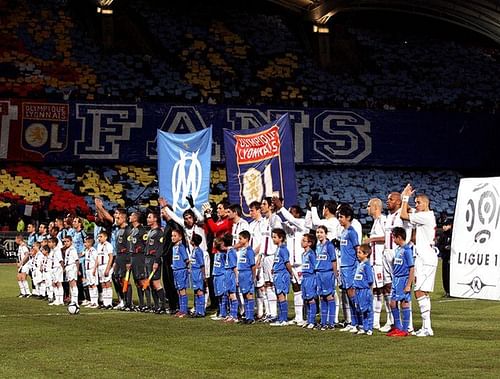
Both the clubs hold the record of having won the Ligue 1 for four consecutive times, with Marseille having performed the feat twice. With the league and the three cup competitions in perspective, Lyon have won the fixture 31 times, compared to Marseille’s 34. 34 other fixtures have ended in a draw. Marseille’s Mamadou Niang and Lyon’s Sonny Anderson, have netted in 6 goals each in the Choc des Olympiques. They are followed at 5 goals each by Sidney Govou and Juninho.
Few players have moved between the two clubs, with the most recent transfer being the move of Hatem Ben Arfa, who moved from Marseille to Lyon. While Sonny Anderson moved to Lyon after one successful season at Marseille. Other notable player’s include, African Player of the Year, Abedi Pele, of Ghana, and France’s European Championship winning right back, Manuel Amoros, who moved to Lyon from Marseille, and ultimately moved back to Marseille at the end of his career.
Unlike the Le Clasique, contested between Marseille and PSG, the Choc des Olympique is a largely healthy and competitive affair.
Argentina’s national team may overshadow the richness of its domestic league, but two of its most powerful clubs have often been renowned for the players they have given to the center stage of club football – the European leagues. Both the clubs were founded in the dock areas of Buenos Aires, though River later moved to the more affluent regions of Nunez. Boca fans are referred to as the Genoese, with the River fans, the supposedly affluent ones, referred to as the Los Millinaros.
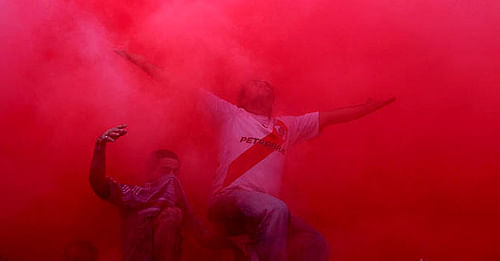
Boca’s El Bombonera and River’s El Monumental arena’s are known to bounce with the simultaneous jumping of the fans during the games. Legendary Argentinian defender, Oscar Ruggeri who moved from River to Boca was quoted saying, ”It’s not easy I can tell you. One side looks on you as a traitor and the other doesn’t really trust you. You need time to adapt and a lot of character to win people over.”
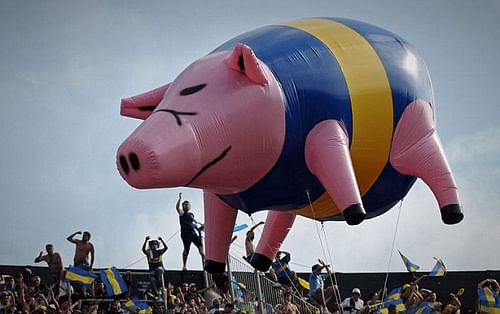
The Puerta 12 tragedy of 1968 at the Monumental saw 71 fans being crushed to the death, while over a hundred were injured. The blame was on the Boca fans who were rumored to have caused panic in the River stands by dropping burning flags of River from above. Though an official investigation was launched, no conclusion could be ascertained, much to the disappointment of both the sides.
In a total of 229 official games played, Boca head the charts with 83 wins to River’s 75. June 26th, 2011 was a historical date in the fixture’s history that saw River relegated to Argentina’s second division, with Boca winning the Apertura.
The 1920?s saw the merger of the 8 different clubs that existed in the Italian capital, with Alba-Audace, Roman and Fortitudo being merged to form the Associazione Sportiva Rome, who ultimately adopted the Capitoline Wolf as their club crest. Lazio however declined the offer of a merger and have remained an independent entity since. The merger was a move to strengthen the Roman clubs against the more affluent teams of the north.

“I played lots of derbies in Milan, Madrid and London, but it’s in Rome that the passion for the derby is strongest,” says the much traveled Italian international, Christian Panucci. Talismanic Roma striker, Francesco Totti has competed in 3o of these derbies, but also has been on the losing during 11 of these fixtures. Swedish striker, Arne Bengt Selmosson, is the only player to have played on both sides of the derby, while Roma’s Vincenzo Montella, is the only player to have registered four goals in a match in 2002.
Roma have the upper hand in the derby, with 58 wins compared to Lazio’s modest 44.
The Klassieker is the most remarkable rivalry in Dutch football and a highly contested one between Ajax Amsterdam and Feyenoord of Rotterdam, two of Holland’s biggest cities. The rivalry is a mark of the gulf between the cultures of the two cities, with Amsterdam being known for its artists, while Rotterdam for its dockyard working class. Emotions run high between the fans of the two sides, with the fixtures being known for its violence. In 2009, the mayors of the two cities along with the KNVB, reached upon an agreement, that banned the away fans from travelling with the clubs, on either sides.
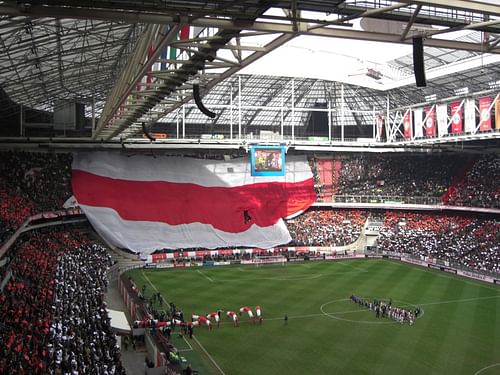
Feyenoord’s De Kuip or the Tub, is the most atmospheric ground in the orange country due to it’s close proximity to its fans. It is widely claimed that the fans built the stadium for themselves during the 30?s.
Dutch god Johan Cruijff and and Coen Moulijn are two of the most fantastic players to have featured for both the sides in the derby. The artists of Ajax lead the tally of wins with 73, against hard working Feyenoord’s 54.
India may be famous for it’s rivalry against Pakistan in cricketing circles, but within the cricket devouring nation, the Kolkata derby makes the less famous sport seem significant when the two Kolkata based giants meet. With its 86 year old rich history, the derby now finds itself in FIFA’s list of rivalries.
Boro in local Bengali, means big. The two giants meet at least 4 times a year, with 2 league fixtures at the state and national level. Historically, Mohun Bagan finds its fan base coming from the locals in Kolkata and other parts of Bengal, while East Bengal derives its fan base from Eastern Bengal, or what is now Bangladesh, though the latter has an equally strong fan base within the country now. East Bengal were formed in the mid-20?s due to a dispute over the fielding of a star player, Sailesh Bose of Jorga Bagan, in a game against Mohun Bagan.
Mohun Bagan have been the more significant of the two in terms of revenue over the years, though both the clubs are now owned by the Mallya family, with the patriarch, Vijay Mallya running East Bengal, while Siddhartha Mallya manages the affairs at Mohun Bagan.
East Bengal made history in 1997 when they participated in the Asian Cup Winner’s Cup tournament. More than 300 matches have been contested between the two clubs, with EB recording over a 100 wins compared to Bagan’s 85 or more.
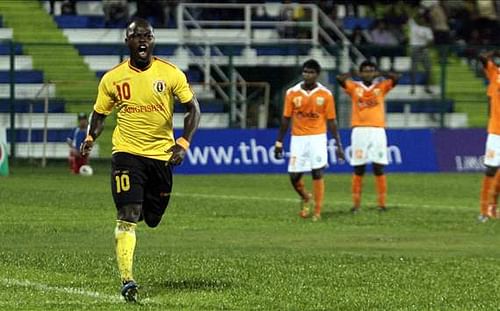
Nigerian striker, Chidi Edeh, in EB colors.
India’s talismanic striker, Baichung Bhutia, has featured for both sides during the derby, with his most famous moment being a hat-trick in 1997 in a 4-1 win for EB, that saw them progress to the finals of the Federation Cup. The match also the Salt Lake stadium record an all time high attendance of 131,000. This feat was eclipsed by Nigerian, Chidi Edeh, who in 2009 netted four goals, in the process, becoming the first foreign player to do so.
Other remarkable, but lesser known derbies that deserve a mention are:
1. The Ruhr Valley Derby, Schalke 04 versus Borussia Dortmund
2. The Old Firm Derby, Glasgow Rangers versus Celtic FC
3. An oddly complex name that I can’t pronounce, Fenerbache versus Galatasaray